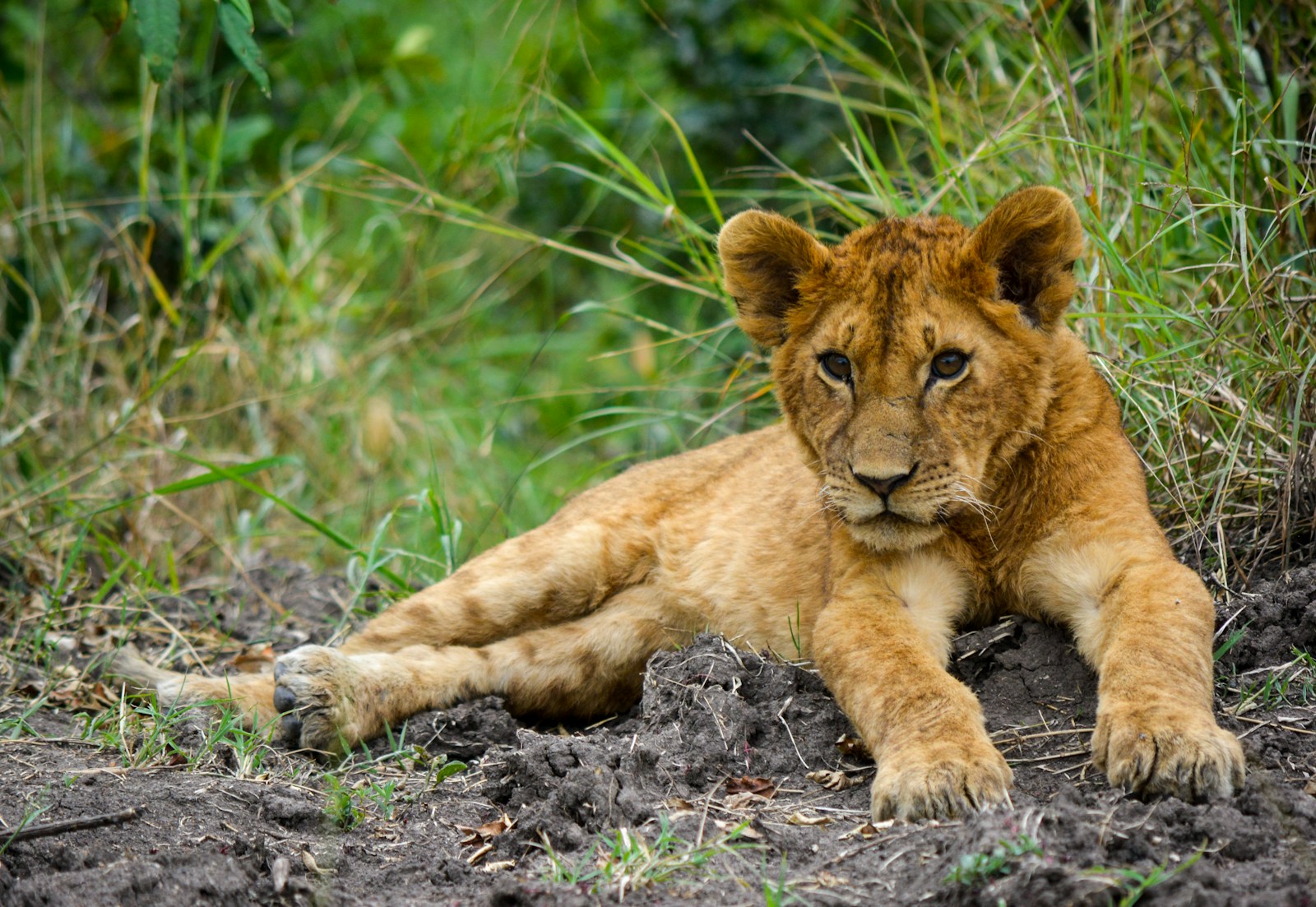National parks offer some of the most breathtaking wildlife viewing opportunities in the world, where visitors can observe animals in their natural habitats. The sight of adorable fawns, bear cubs, or fluffy fox kits can trigger an overwhelming desire to move closer, touch, or photograph these seemingly helpless creatures. However, approaching baby animals in national parks isn’t just ill-advised—it’s dangerous for both humans and wildlife. This article explores the crucial reasons why maintaining your distance from young wildlife is essential for conservation efforts, animal welfare, and your personal safety.
The Natural Parenting System of Wildlife
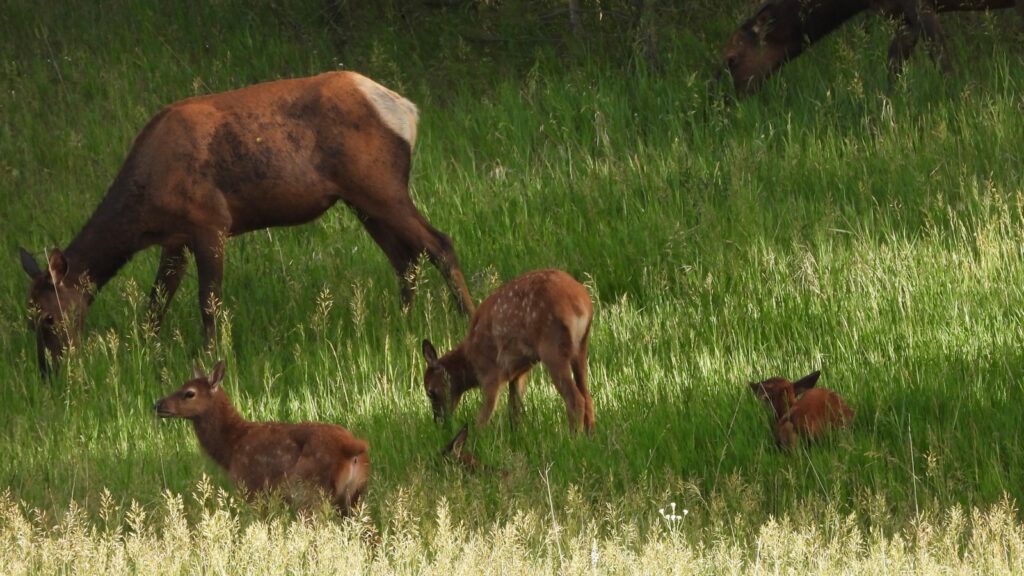
Wild animals have sophisticated parenting systems that have evolved over thousands of years to protect their young. Many species, including deer, elk, and antelope, intentionally leave their young alone for extended periods while they forage for food. This natural behavior doesn’t indicate abandonment; rather, it’s a strategic survival technique. Mother animals often remain nearby, watching from a distance while staying out of sight from predators. Human interference disrupts this carefully balanced system and can trigger protective aggression from nearby parents or cause genuine abandonment if human scent becomes too prominent on the young animal. Understanding these natural parenting systems is crucial for respecting wildlife boundaries.
Mother Animals Are Often Nearby
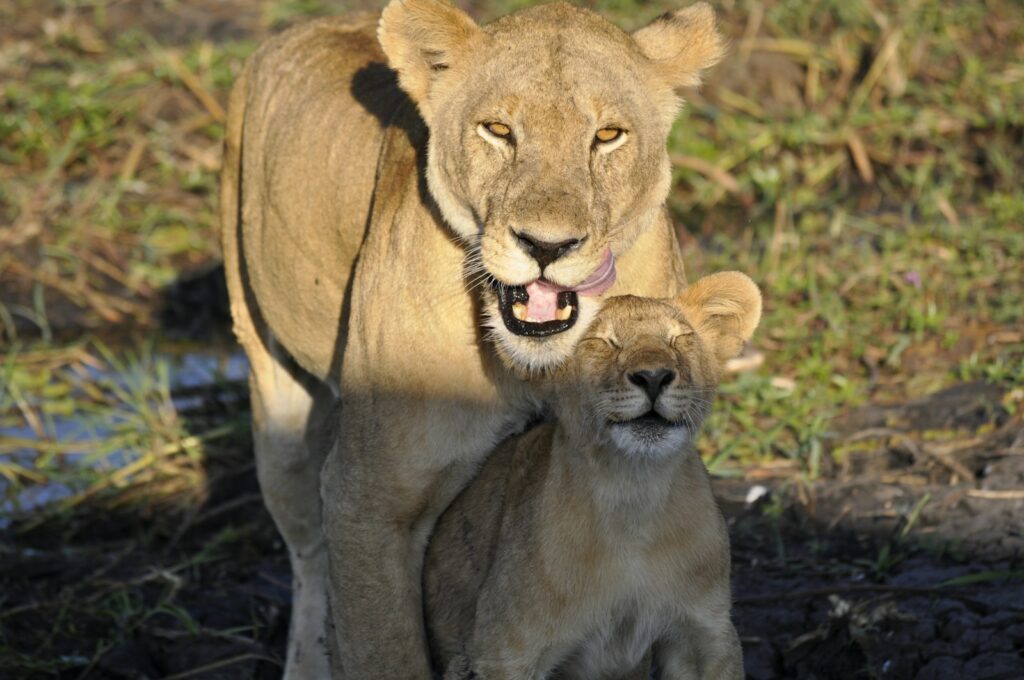
The common misconception that a solitary baby animal is abandoned leads to unnecessary human intervention. In most cases, the mother is actually within close proximity, waiting for humans to leave before returning to care for her young. Deer, for example, will leave their fawns hidden in tall grass for up to 12 hours while they feed elsewhere, returning only briefly to nurse. This strategy reduces the chance of predators following the mother back to her vulnerable offspring. When humans linger near baby animals, they prevent this natural reunion process from occurring. Some mother animals will observe from hiding spots for hours, growing increasingly distressed as humans prevent them from attending to their young.
The Danger of Protective Parents
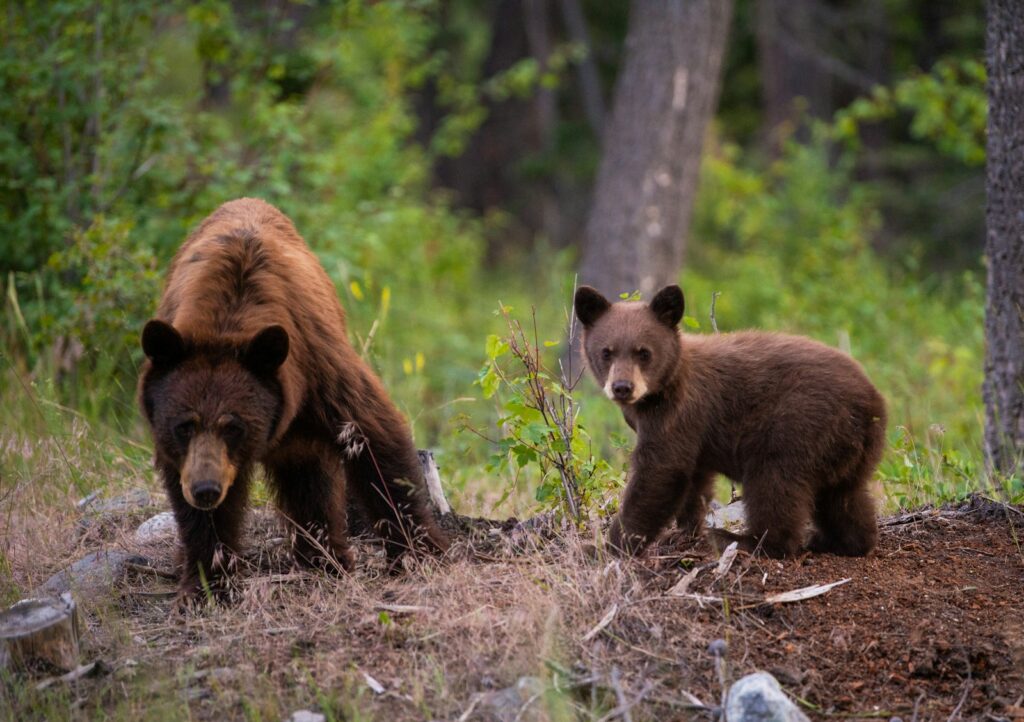
When approaching a baby animal, humans often fail to consider the potentially deadly consequences of encountering protective parents. Mother bears, moose, bison, and elk are particularly dangerous when they perceive threats to their offspring. A mother bear can charge at speeds up to 35 miles per hour to defend her cubs, while a female moose can become extremely aggressive if she believes her calf is threatened. These protective instincts have evolved as essential survival mechanisms in the wild. Wildlife biologists report numerous cases each year of visitors being seriously injured after inadvertently positioning themselves between mothers and their young. The power and speed of these protective parents often catch people by surprise, leaving little time to retreat to safety.
Human Scent Can Lead to Abandonment
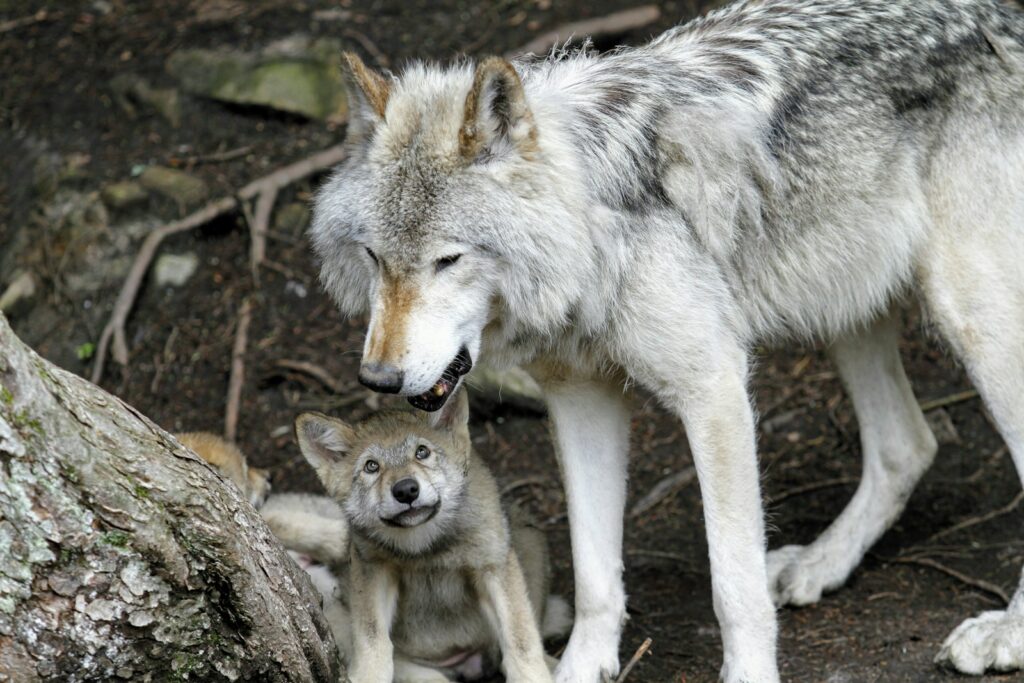
Touching or getting too close to baby animals can transfer human scent, which may lead to true abandonment in certain species. Birds and some mammals have highly developed senses of smell and may reject young that carry unfamiliar scents. While this response varies by species (contrary to popular belief, most birds have a limited sense of smell), many mammals are sensitive to foreign odors on their offspring. The consequences can be devastating—without parental care, young animals face starvation, exposure, or predation. Wildlife rehabilitation centers report receiving numerous healthy baby animals each year that were unnecessarily “rescued” by well-meaning humans, creating orphans where none existed before. These centers are then tasked with the difficult job of raising wild animals without them becoming habituated to humans.
Disease Transmission Risks
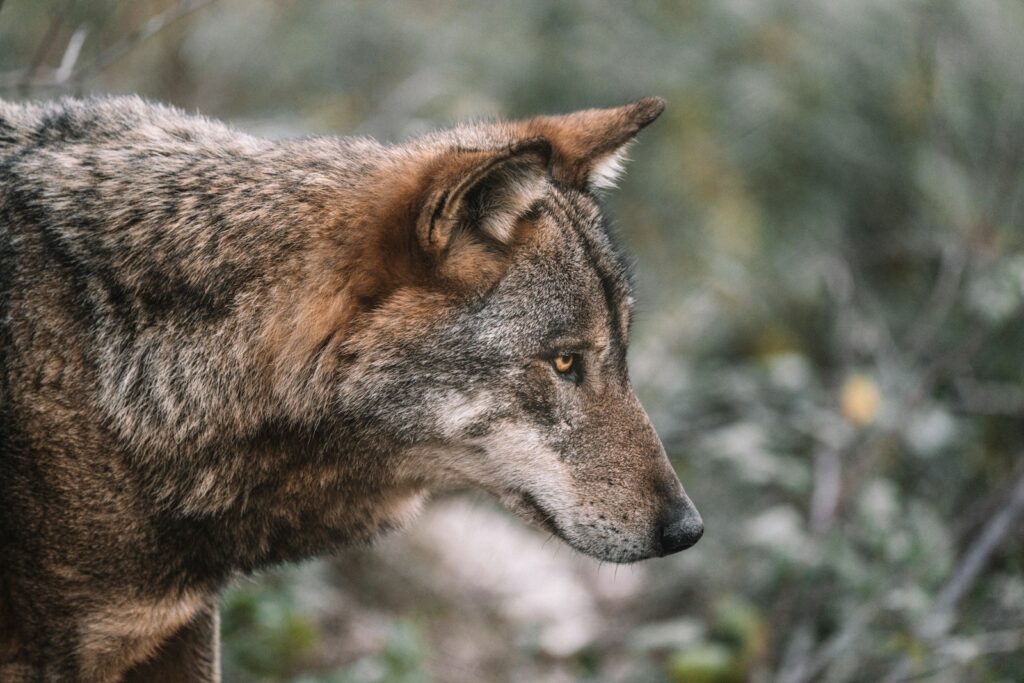
Close contact with wildlife creates bidirectional disease transmission risks that threaten both human and animal health. Wild animals can carry parasites, bacteria, and viruses that cause serious illnesses in humans, including rabies, hantavirus, tularemia, and Lyme disease. Even apparently healthy baby animals may harbor pathogens that don’t produce visible symptoms. Conversely, humans can transfer diseases to wildlife populations that have no natural immunity to these novel threats. Human respiratory infections have devastated primate populations in conservation areas, while domestic dog diseases have caused significant mortality in wild canid species. National park animals already face numerous survival challenges without the additional threat of human-introduced diseases, making this invisible risk a compelling reason to maintain safe distances.
Habituation to Humans
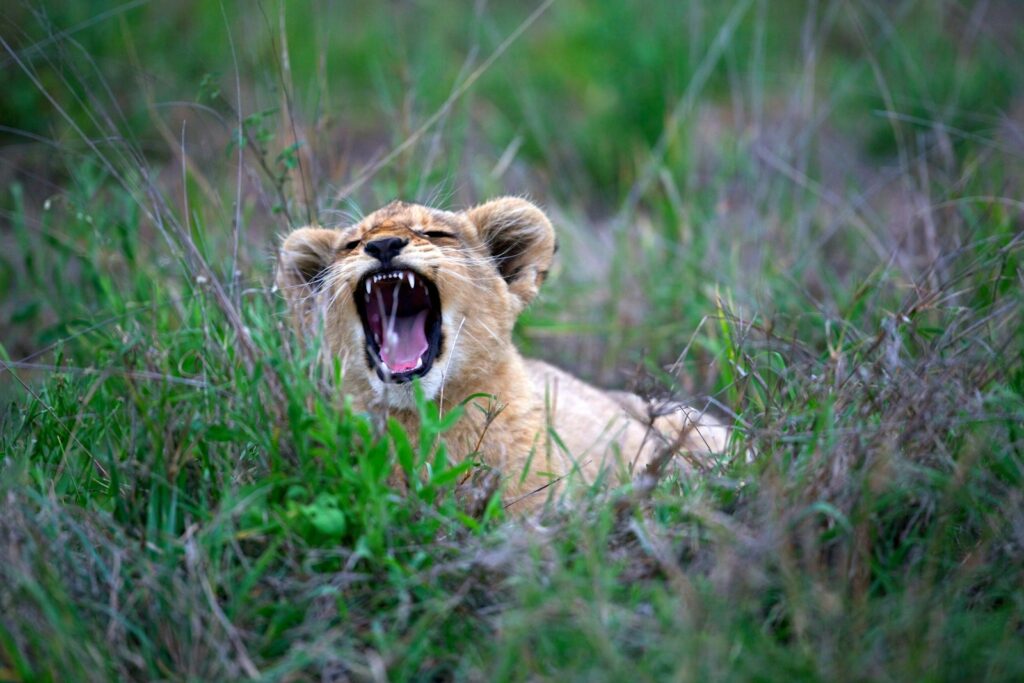
When wild animals become accustomed to human presence, they develop a dangerous condition known as habituation. This phenomenon occurs when animals lose their natural wariness of humans after repeated neutral or positive interactions. Young animals that receive human attention may grow into adults that actively seek human contact, approaching campsites, vehicles, or hikers in search of food or attention. This behavior dramatically increases their chances of being hit by vehicles, shot by hunters outside park boundaries, or euthanized after dangerous human encounters. Park officials report that habituated animals frequently must be relocated or destroyed because of safety concerns. Once an animal develops habituation, the condition is extremely difficult to reverse, essentially condemning the animal to a shorter life with increased risks.
The Legal Consequences
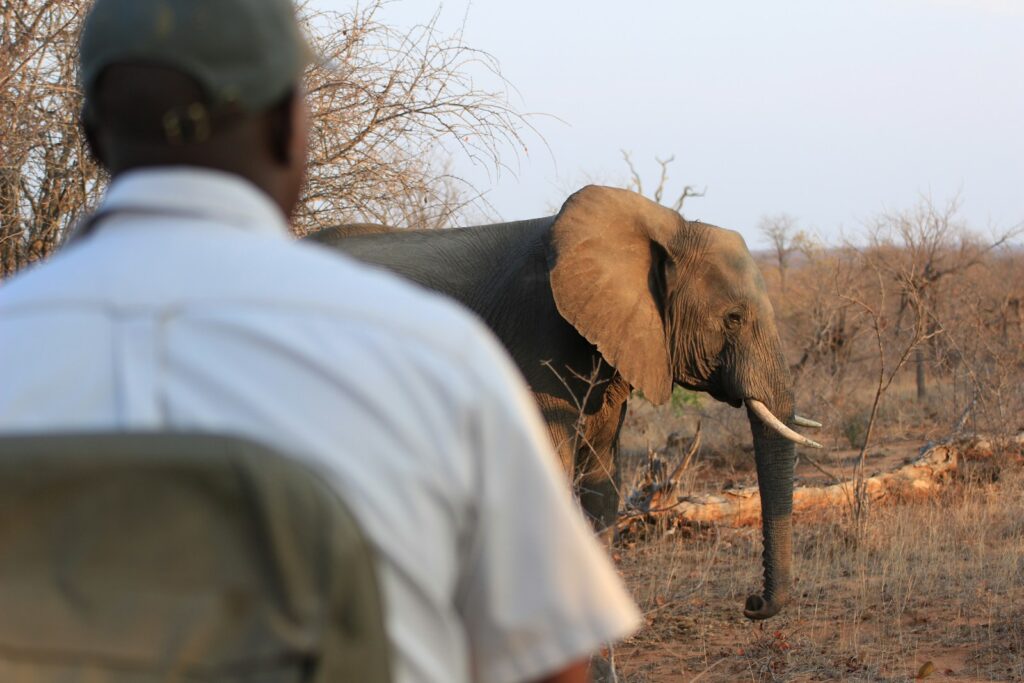
Approaching, touching, or interacting with wildlife in national parks isn’t just dangerous—it’s illegal. Federal regulations prohibit disturbing wildlife behavior or approaching animals at distances that disrupt their normal activities. Violations can result in substantial fines ranging from hundreds to thousands of dollars, depending on the severity and impact of the interaction. In cases where animals are injured or killed as a result of human interference, criminal charges may apply. Park rangers actively patrol and enforce these regulations, often aided by the numerous visitors who report wildlife harassment. The National Park Service maintains that these legal deterrents are necessary to protect both wildlife and visitors from the consequences of inappropriate interactions.
Proper Wildlife Viewing Techniques
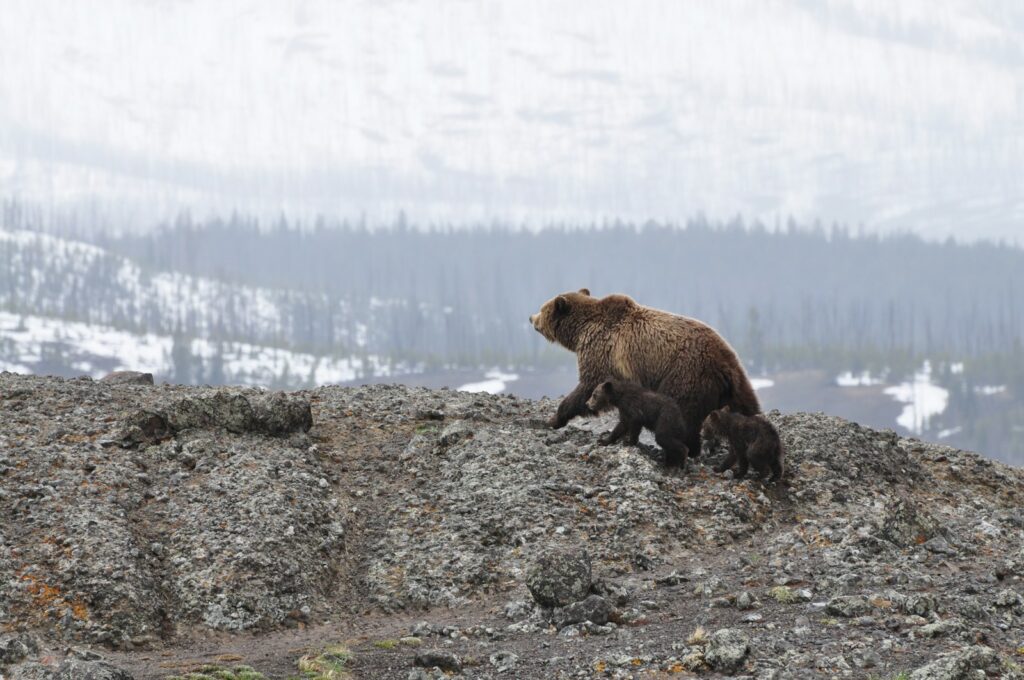
Responsible wildlife viewing enhances your national park experience while protecting animals. Experts recommend using binoculars or telephoto camera lenses to observe animals from safe distances—generally at least 100 yards from predators like bears and wolves, and 25 yards from other large mammals. These tools provide intimate views without disturbing natural behaviors. When encountering wildlife, speaking in quiet voices, moving slowly, and avoiding direct eye contact (which many animals interpret as threatening) creates a less disruptive presence. Park visitor centers often provide wildlife viewing guides with species-specific distance recommendations and the best viewing locations and times. Following these guidelines not only protects wildlife but often results in more authentic and meaningful wildlife observations.
Ethical Photography Considerations
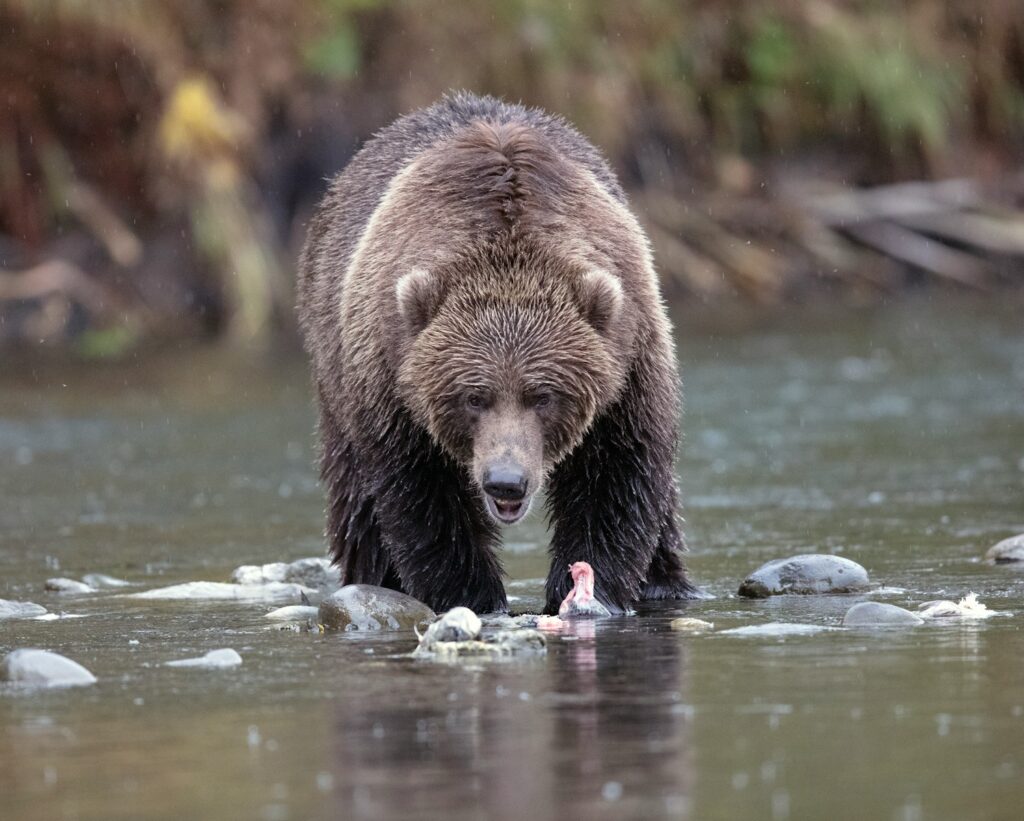
The quest for the perfect wildlife photograph has led to concerning behaviors among visitors to national parks. Social media has intensified the desire for close-up animal pictures, sometimes encouraging photographers to breach safe distances. Ethical wildlife photography requires patience, appropriate equipment, and a commitment to animal welfare over image quality. Professional wildlife photographers use telephoto lenses (typically 400mm or longer) specifically to capture intimate images from non-disruptive distances. The best wildlife photographs capture natural behaviors rather than stressed or alert responses to human proximity. Many professional photography associations have developed ethical guidelines that prioritize animal welfare, including never baiting animals, avoiding nesting areas during sensitive times, and leaving immediately if animals show signs of distress.
When Intervention Is Actually Needed
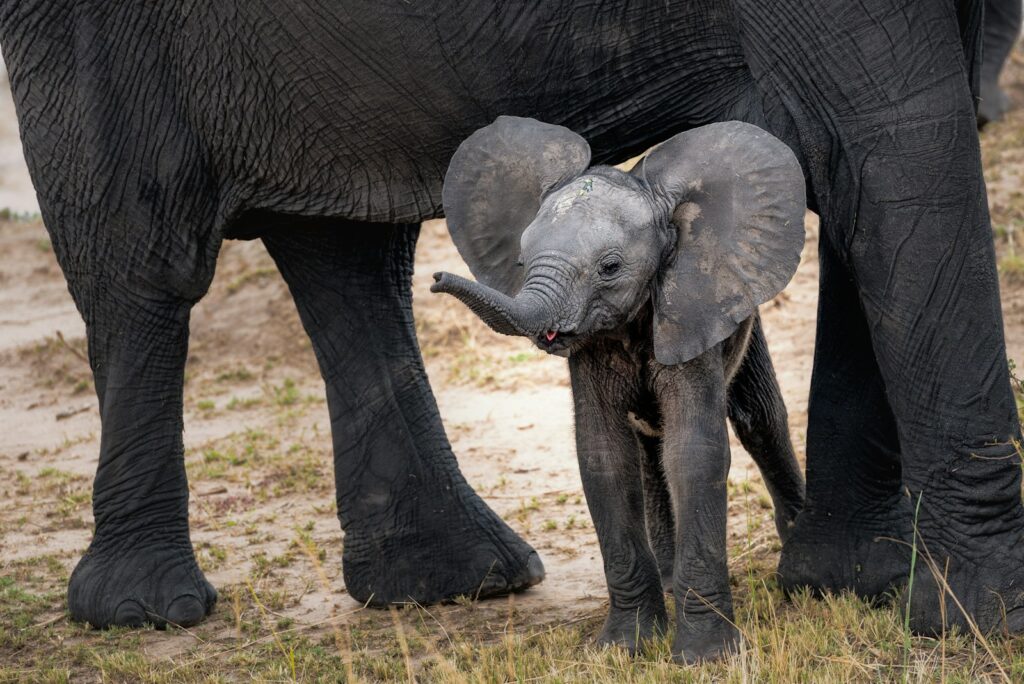
While the general rule is non-interference, legitimate situations do arise when wildlife officials should be notified about potentially orphaned or injured animals. Signs that warrant professional attention include obvious injuries, flies swarming around the animal, consistent crying for many hours, or a parent found dead nearby. When encountering such situations, visitors should maintain distance and contact park rangers rather than attempting rescue themselves. Wildlife professionals have specialized training, proper equipment, and facilities to handle these situations safely. They can assess whether intervention is truly necessary and have established protocols for minimizing human contact during rescue operations. This cautious approach ensures that truly orphaned or injured animals receive proper care while preventing unnecessary human interference with healthy wildlife.
Teaching Children About Wildlife Respect
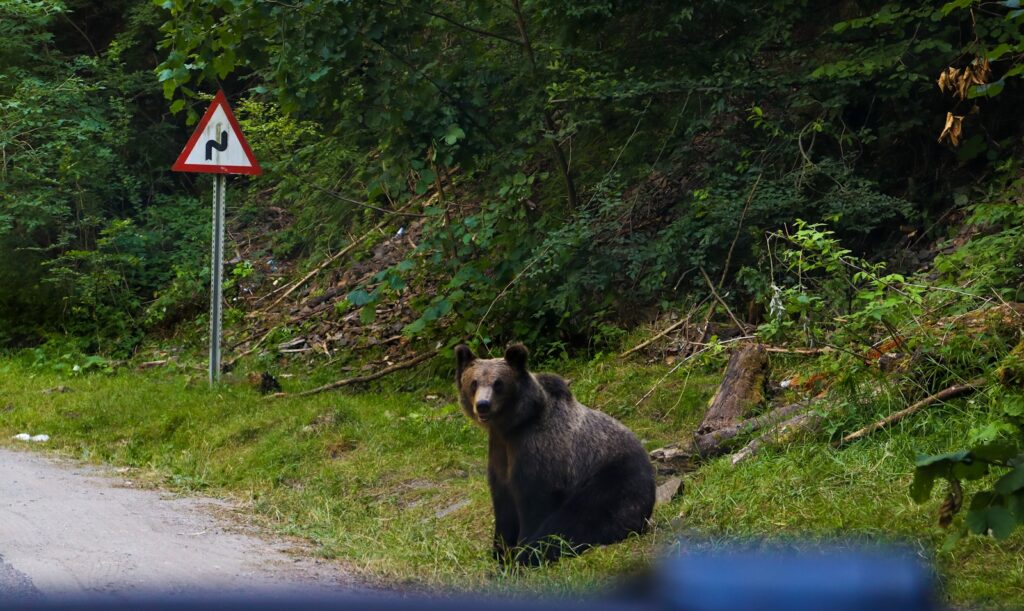
National parks provide extraordinary opportunities to teach children about wildlife conservation and respect, but parents must guide these experiences responsibly. Children naturally want to approach cute animals, making adult supervision essential during wildlife encounters. Explaining wildlife boundaries to children before entering parks establishes expectations early, while using age-appropriate language to describe why animals need space helps build understanding rather than fear. Many national parks offer Junior Ranger programs that include wildlife education components designed specifically for young visitors. These programs transform learning about wildlife safety into engaging activities rather than restrictive rules. Starting these lessons early establishes a foundation for lifelong ethical interaction with wildlife that children will carry into adulthood.
The Ecosystem Impact of Human Interference
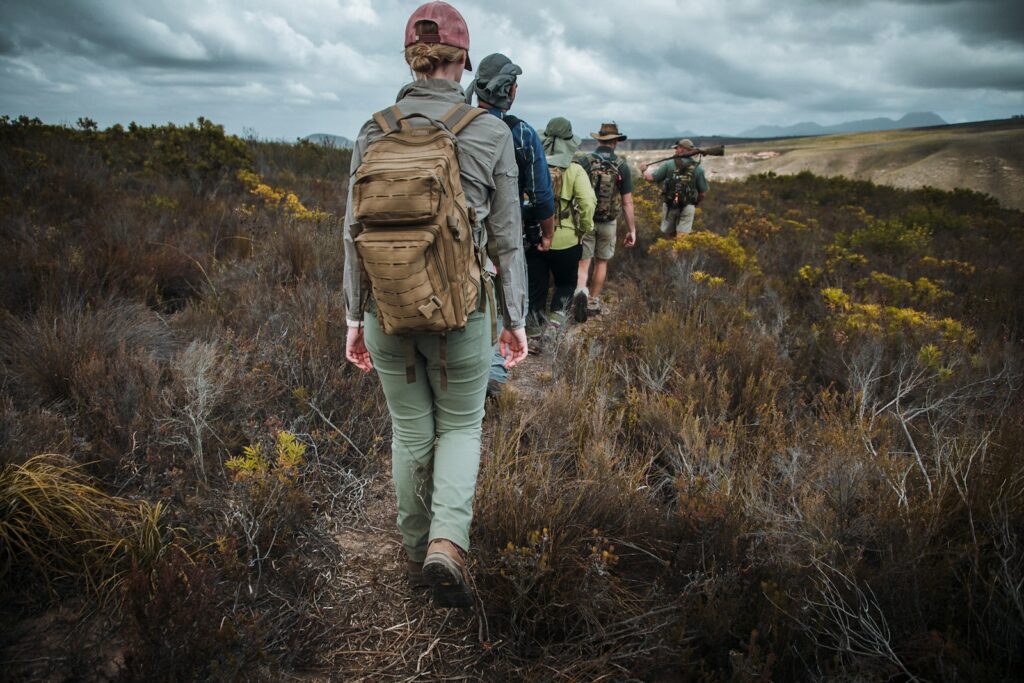
Wildlife interactions have consequences that extend beyond individual animals to affect entire ecosystems. When apex predators like wolves or bears become habituated to humans and must be removed from their territories, the absence of these keystone species triggers cascading ecological effects. Prey populations may increase unchecked, vegetation patterns can shift dramatically, and other predator-prey relationships become unbalanced. These ecological disruptions demonstrate how seemingly innocent human-wildlife interactions can have far-reaching consequences. Research in Yellowstone National Park documented significant ecosystem changes following wolf reintroduction, illustrating the critical role that undisturbed predator populations play in maintaining healthy wilderness areas. By respecting wildlife boundaries, visitors help preserve not just individual animals but the complex ecological relationships that sustain these protected landscapes.
Alternatives to Close Encounters
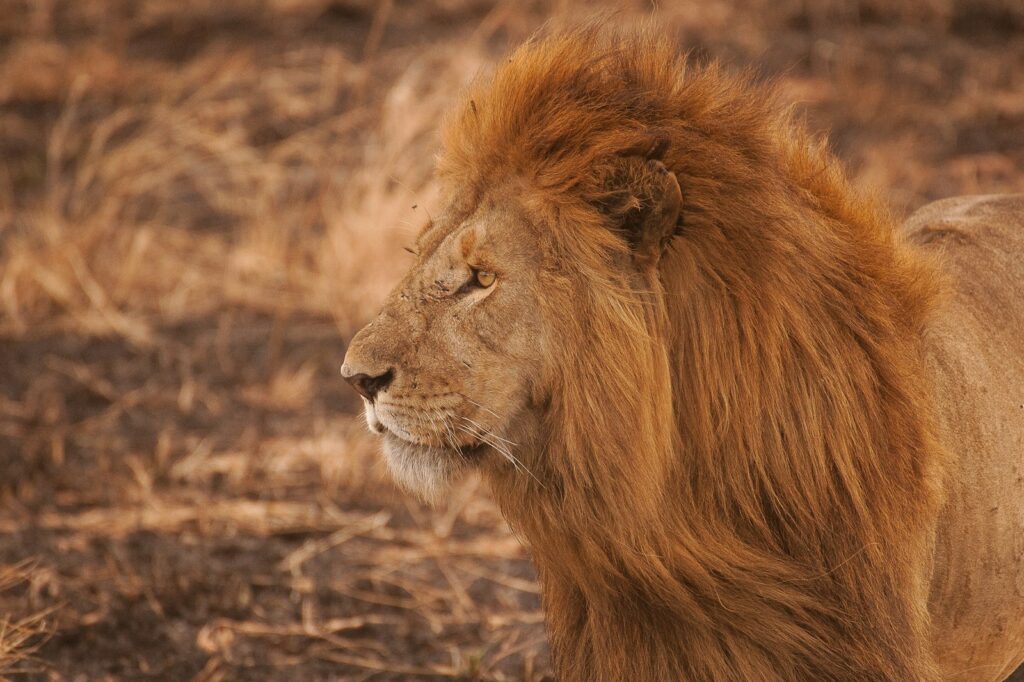
For visitors who crave meaningful wildlife connections, national parks offer numerous alternatives to close physical encounters. Ranger-led programs provide expert guidance and interpretation that enhances wildlife viewing while ensuring appropriate distances are maintained. Many parks have established wildlife observation areas with spotting scopes and informational displays that facilitate safe viewing of animal nurseries and gathering spots. Visitor centers often show high-quality wildlife films captured by professional photographers who spent months documenting behaviors that casual visitors rarely witness. For a more interactive experience, many parks offer citizen science opportunities where visitors can contribute to wildlife monitoring projects under professional supervision. These structured alternatives provide deeper understanding and more meaningful connections than brief, potentially harmful close encounters ever could.
Conclusion: Respecting Wildlife Boundaries
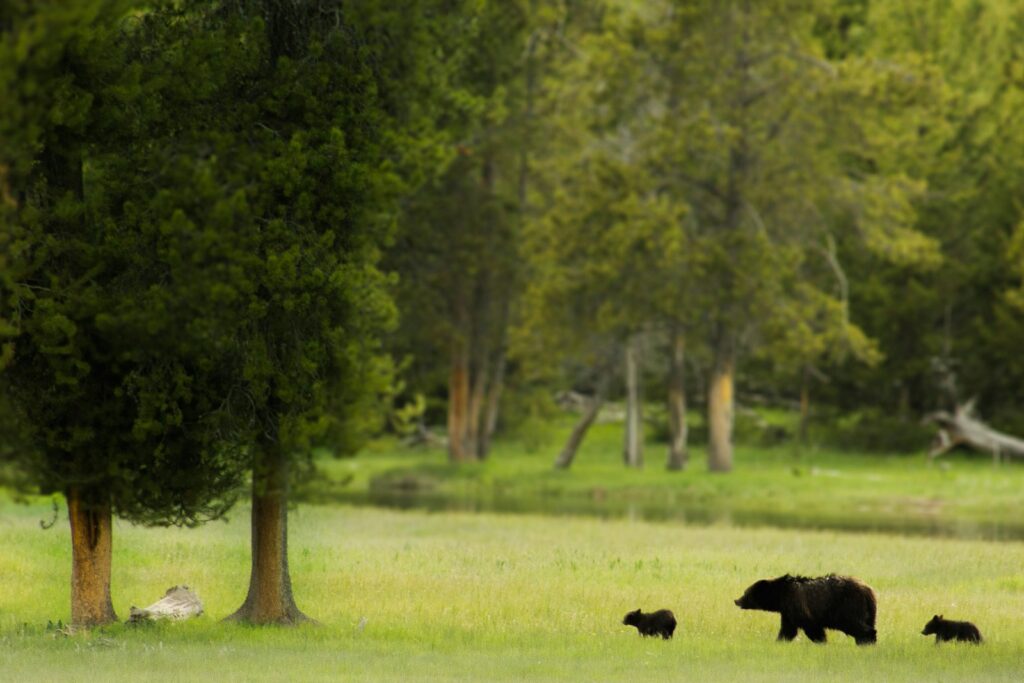
The desire to connect with baby animals in national parks is understandable, but true respect for wildlife means admiring them from appropriate distances. By maintaining these boundaries, visitors help ensure that wild animals remain wild, healthy, and able to raise their young according to natural patterns that have evolved over millennia. The consequences of interference—from orphaned animals to dangerous habituation and even ecosystem disruption—far outweigh the momentary satisfaction of a close encounter or photograph. National parks were established to preserve natural processes and provide sanctuary for wildlife; honoring these spaces means embracing a role as respectful observer rather than participant in the lives of wild animals. The most meaningful wildlife experiences come not from proximity but from witnessing animals behaving naturally in their untouched habitats, continuing ancient life cycles that have persisted long before humans arrived to observe them.

